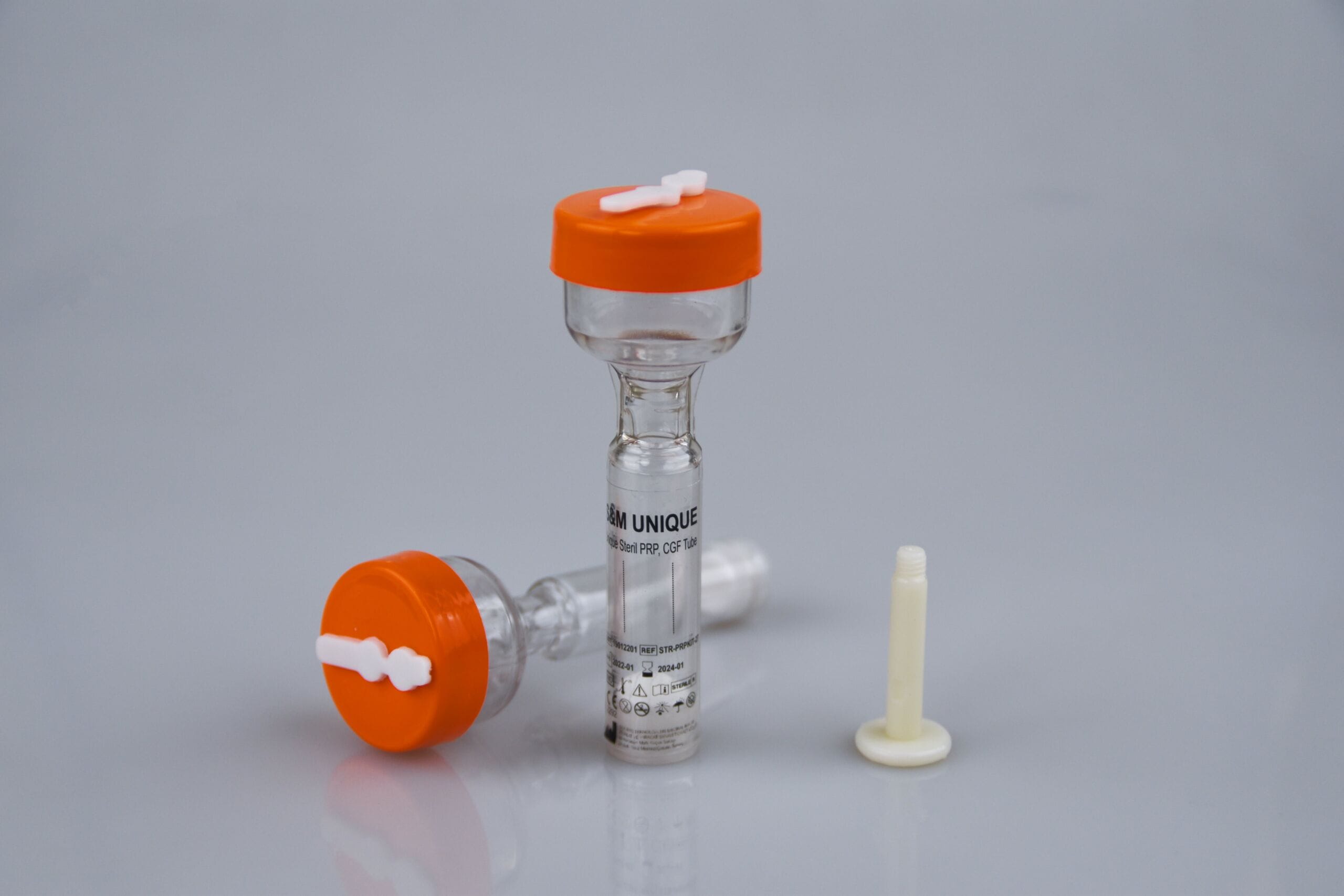WHAT IS PRP ?

Some uses of PRP injections:
- Tendon, Ligament, Muscle and Joint Injuries
- Post-surgical Healing
- Osteoarthritis
- Hair Loss
- Skin Rejuvenation
PRP Therapy Risks and Side Effects:
A PRP injection is a low-risk procedure and does not usually cause major side effects. The procedure involves a blood draw, so you should make sure you are hydrated and have eaten beforehand to prevent feeling lightheaded. After the procedure, you may experience some soreness and bruising at the injection site.
Because PRP injections are made up of your own cells and plasma, the risk of an allergic reaction is much lower than with other injectable medications like corticosteroids. Less common risks of PRP injections include:
- Bleeding
- Tissue damage
- Infection
- Nerve injuries
PRP is a form of treatment made by the injection of a substance obtained from the person’s own blood, consisting of the initials of the words in the expression “Platelet Rich Plasma” in English. The injected substance is platelet-enriched plasma. Plasma is special cells called platelets or other factors and factors that help the blood to clot. Plasma also contains various proteins that promote cell growth. By isolating and concentrating plasma from blood, researchers obtained a blood component called PRP, a plasma richer in platelet cells.
Injecting PRP into damaged tissues encourages the growth of new, healthy cells in the body. PRP is also thought to promote healing in damaged tissue. Since tissue growth factors are more concentrated in the concentrated injection material, healing in body tissues is accelerated.
Platelet-rich plasma consists of two elements: plasma, or the liquid portion of blood, and Platelets, a type of blood cell that plays an important role in healing throughout the body. Platelets are well-known for their clotting abilities, but they also contain growth factors that can trigger cell reproduction and stimulate tissue regeneration or healing in the treated area. Platelet-rich plasma is simply blood that contains more platelets than normal.
To create platelet-rich plasma, clinicians take a blood sample from the patient and place it into a device called a centrifuge that rapidly spins the sample, separating out the other components of the blood from the platelets and concentrating them within the plasma.
After creating platelet-rich plasma from a patient’s blood sample, that solution is injected into the target area, such as an injured knee or a tendon. In some cases, the clinician may use ultrasound to guide the injection. The idea is to increase the concentration of specific bioproteins or hormones, called growth factors, in a specific area to accelerate the healing process.
The mechanism behind PRP injections is not completely understood. Studies show that the increased concentration of growth factors in platelet-rich plasma may stimulate or speed up the healing process, shortening healing time for injuries, decreasing pain and even encouraging hair growth.
PRP injections are used for a range of conditions, from musculoskeletal pain and injuries to cosmetic procedures.

